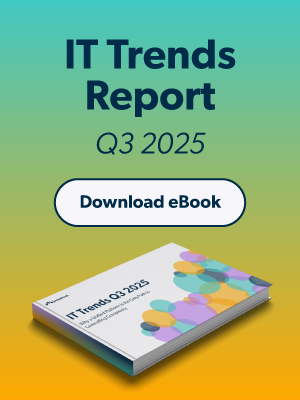Updated on September 9, 2025
AAA is vital in network security. It controls who can enter, what they can do, and tracks their activities. Understanding Authentication, Authorization, and Accounting (AAA) is key for secure and compliant infrastructure.
This framework offers a structured approach to access control. It works for small offices and large enterprises with thousands of users. AAA separates identity verification from permission management. This creates security layers to protect network resources while keeping detailed audit trails.
Definition and Core Concepts
- AAA is a security framework. It combines Authentication, Authorization, and Accounting to manage access control across networks. Each part plays a unique role in this process.
- Authentication confirms a user’s identity using credentials like passwords, certificates, or biometric data. It answers: “Who are you?”
- Authorization defines the resources and actions a user can access. It addresses: “What can you do?”
- Accounting logs user activities during their session. This answers: “What did you do?”
- Access Control acts as the main security mechanism in the AAA framework. It makes sure that only users with the right permissions can access resources. It also keeps detailed activity logs.
The Three Components of AAA
Authentication: Who Are You?
Authentication is the first step for network access. It verifies users’ identities through valid credentials like usernames and passwords. Modern systems often use extra factors for security.
Multi-factor authentication (MFA) adds security layers. It requires:
- Something you know (your password)
- Something you have (like a hardware token)
- Something you are (such as a biometric scan)
Digital certificates and smart cards also offer secure authentication options.
If credentials check out, the service grants access. It then moves the user to authorization. Failed attempts are logged and can trigger alerts or account lockouts.
Authorization: What Can You Do?
Authorization sets user permissions after successful authentication. It enforces access policies based on roles, group memberships, or specific attributes.
The authorization service checks user credentials. It compares them to access control lists (ACLs) or policy databases.
An authenticated user can have different access levels:
- Read-only access to some files
- Admin rights for certain segments
- Limited access to sensitive applications
This process separates identity from permissions. This enables control over resource access while supporting the principle of least privilege.
Accounting: What Did You Do?
Accounting logs user activities during their network sessions. This creates audit trails for security and compliance. It records accessed resources, session duration, data volumes, and actions taken.
These logs support investigations, billing, and compliance audits. They help admins spot unusual access patterns, track resource use, and meet regulations.
Modern accounting systems use Security Information and Event Management (SIEM) tools. These tools help with real-time monitoring and alerts. This integration helps quickly respond to security incidents.
How AAA Works in Practice: A Technical Workflow
- Step 1: Connection Request – A user seeks access to resources via a network access server (NAS). Requests also come from devices like routers, switches, or VPN concentrators.
- Step 2: Authentication – The device sends user credentials to a central AAA server. It uses protocols like RADIUS or TACACS+ to verify them.
Step 3: Authorization – Once the user is authenticated, the AAA server sends back the policies. These show what the user can access and which services are allowed. - Step 4: Accounting – The device tracks user activities. It sends records to the AAA server. This continues until the session ends.
This centralized method keeps policies consistent across devices. It also gives admins unified access control and lets them monitor activities.
Key Features and Benefits
- Centralized Control allows admins to manage access policies in one spot. This reduces overhead and keeps security consistent across the network. Policy changes apply automatically to all devices.
- Better security comes from splitting authentication and authorization. This helps manage permissions in detail and lowers the risk of unauthorized access.
- Enhanced visibility comes from accounting logs. These logs track user activities. They help with compliance and security investigations.
- Scalability means AAA systems can support thousands of users while maintaining performance. Distributed architectures can handle large deployments with redundancy and load balancing.
Troubleshooting and Considerations
- A Single Point of Failure happens when centralized AAA servers fail. This can block access for everyone. Use redundant servers with failover options and consider local authentication for critical systems.
- Latency Issues may slow down authentication if AAA servers are far away or the network is poor. Place regional servers or use caching to speed up responses.
- Policy Complexity can create management challenges if authorization rules are too complicated. Set clear design principles. Document access controls and audit permissions often. This helps prevent misconfigurations.





